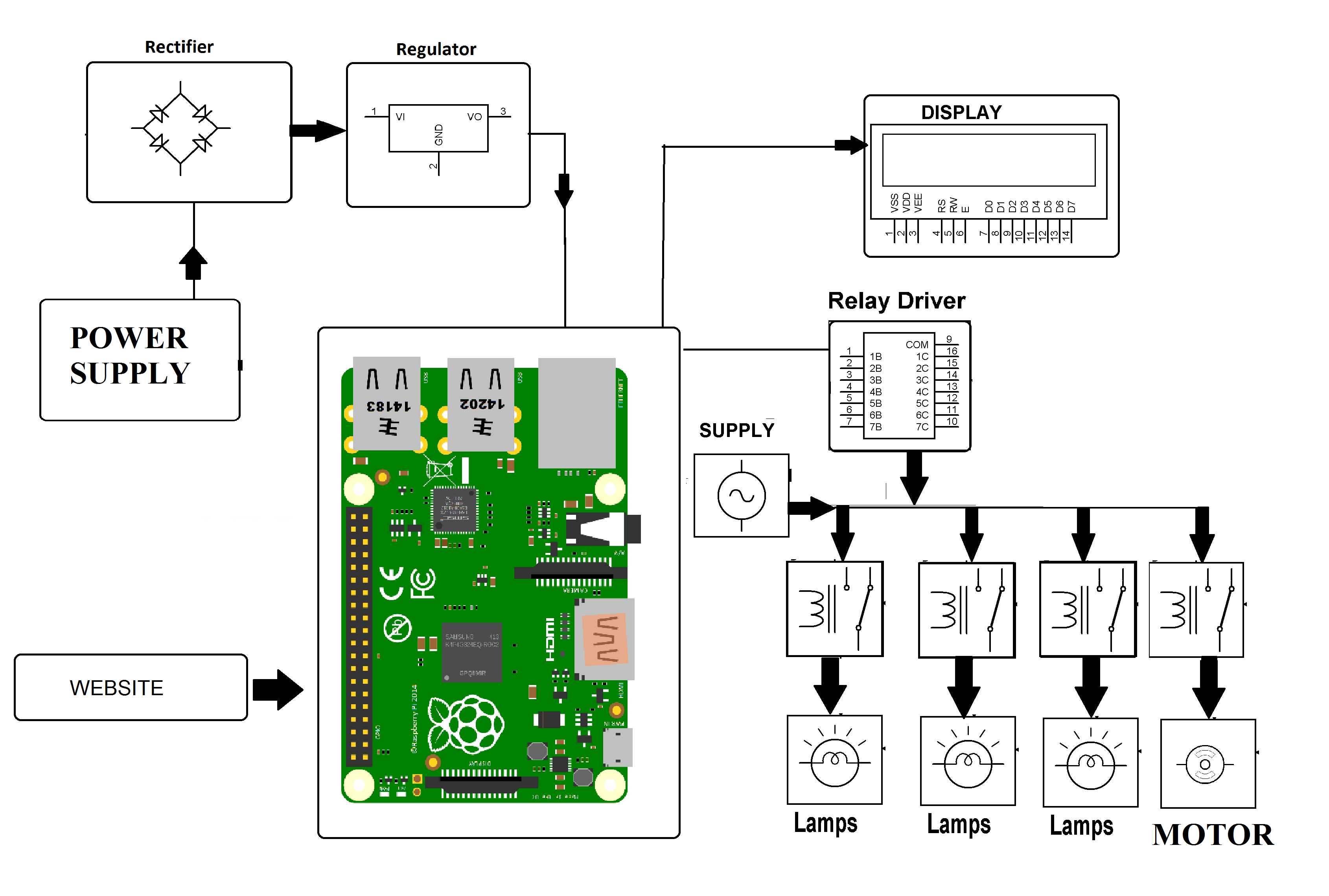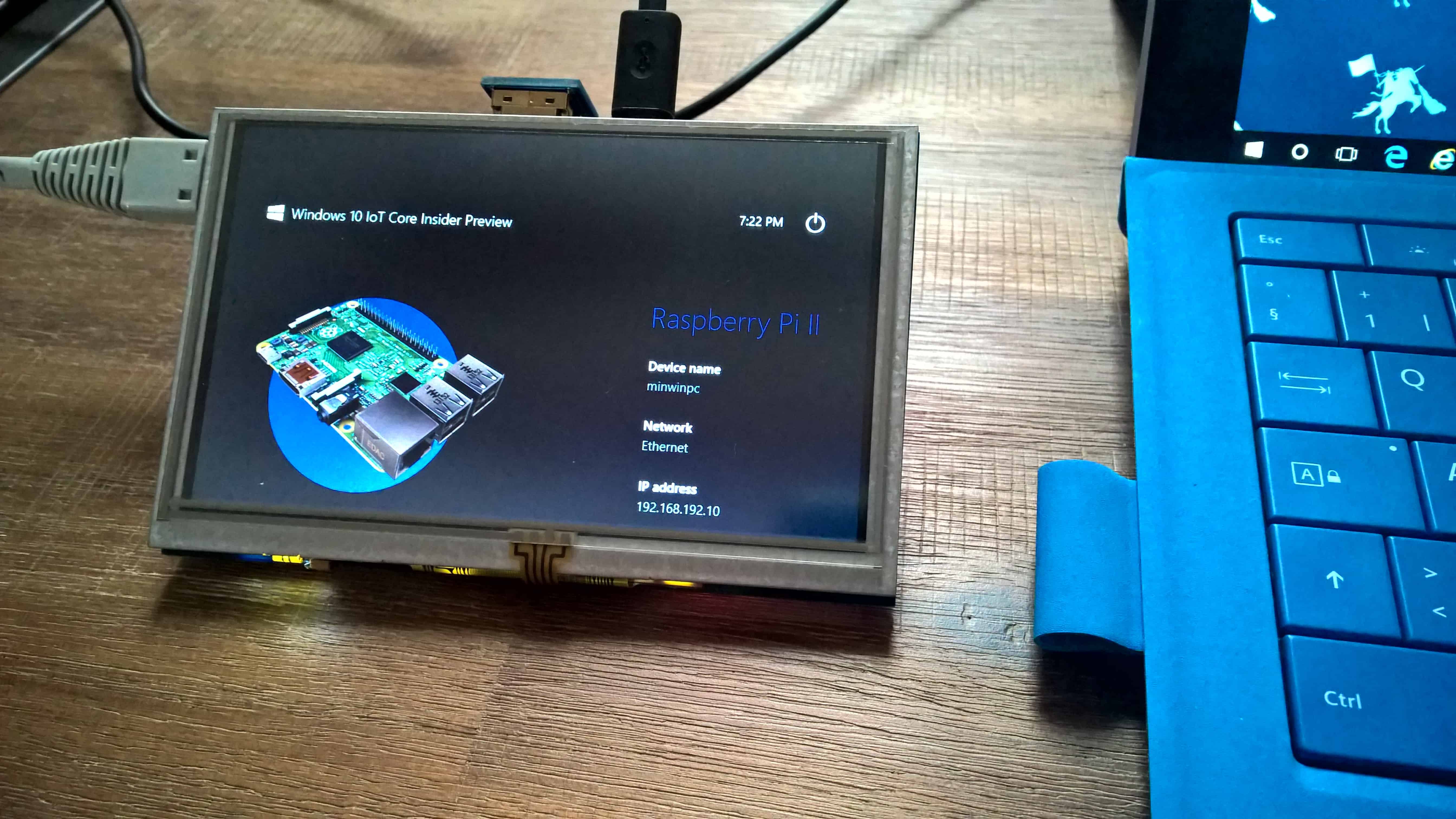Securely Connect Remote IoT VPC Raspberry Pi: Free Download Guide
Connecting remote IoT devices securely is a critical concern in today's interconnected world. With the rise of IoT (Internet of Things) and cloud computing, ensuring that your Raspberry Pi-based IoT devices are securely integrated into a Virtual Private Cloud (VPC) is essential. This guide will walk you through the steps to securely connect your remote IoT devices using Raspberry Pi and provide a free download option for tools and configurations. By the end of this article, you will have a comprehensive understanding of the process and the tools needed to achieve this.
The demand for secure remote IoT connectivity is growing as businesses and individuals rely more on IoT devices for automation, monitoring, and data collection. Raspberry Pi, with its versatility and affordability, has become a popular choice for IoT projects. However, connecting these devices to a VPC securely requires careful planning and execution. This article will cover everything you need to know, from setting up your Raspberry Pi to configuring your VPC for secure communication.
In this guide, we will explore the best practices for securely connecting remote IoT devices to a VPC using Raspberry Pi. You will learn about the tools, configurations, and protocols that ensure your IoT devices remain safe from cyber threats. Additionally, we will provide a free download link for essential tools and scripts to simplify the process. Let’s dive into the details and get started!
- Who Is Josh Richards
- How Old Are The Rolling Stones
- Johnny Marr Net Worth
- Strawberrytabbyy
- Vegamovies Nl
Table of Contents
- Introduction to IoT and VPC
- Setting Up Your Raspberry Pi
- Configuring Your Virtual Private Cloud (VPC)
- Establishing a Secure Connection
- Essential Tools and Scripts for Free Download
- Best Practices for IoT Security
- Troubleshooting Common Issues
- Case Study: Real-World IoT Implementation
- Conclusion and Call to Action
Introduction to IoT and VPC
The Internet of Things (IoT) refers to the network of physical devices embedded with sensors, software, and connectivity that enable them to collect and exchange data. IoT devices are used in various industries, including healthcare, agriculture, manufacturing, and smart homes. A Virtual Private Cloud (VPC) is a secure, isolated private cloud hosted within a public cloud infrastructure. Combining IoT devices with a VPC ensures secure data transmission and access control.
IoT devices like Raspberry Pi are often deployed in remote locations, making secure connectivity a challenge. A VPC provides a controlled environment where IoT devices can communicate with cloud services without exposing sensitive data to the public internet. This setup is particularly important for industries dealing with sensitive information, such as healthcare or finance, where data breaches can have severe consequences.
Setting Up Your Raspberry Pi
Before connecting your Raspberry Pi to a VPC, you need to set it up properly. Follow these steps to prepare your device:
Step 1: Install the Operating System
- Download the latest version of Raspberry Pi OS from the official website.
- Use a tool like Balena Etcher to flash the OS onto an SD card.
- Insert the SD card into your Raspberry Pi and boot it up.
Step 2: Configure Network Settings
- Connect your Raspberry Pi to a Wi-Fi or Ethernet network.
- Update the system using the command
sudo apt update && sudo apt upgrade. - Set a static IP address to ensure consistent connectivity.
Step 3: Enable SSH for Remote Access
- Run the command
sudo raspi-configand enable SSH under the "Interfacing Options." - Test SSH access from another device using
ssh pi@your-raspberry-pi-ip.
Configuring Your Virtual Private Cloud (VPC)
A well-configured VPC is crucial for secure IoT connectivity. Here’s how to set it up:
Create a VPC Instance
- Sign in to your cloud provider’s dashboard (e.g., AWS, Google Cloud, or Azure).
- Create a new VPC and configure its CIDR block.
- Set up subnets for different regions or availability zones.
Set Up Security Groups
- Define inbound and outbound rules to restrict traffic.
- Allow only necessary ports (e.g., 22 for SSH, 443 for HTTPS).
- Use IP whitelisting to limit access to trusted devices.
Integrate IoT Devices
- Register your Raspberry Pi as an IoT device in the cloud console.
- Generate authentication credentials (e.g., certificates or API keys).
- Test the connection using sample data transmission.
Establishing a Secure Connection
Securing the connection between your Raspberry Pi and VPC is vital to protect sensitive data. Here are the steps:
Use SSH for Secure Communication
SSH (Secure Shell) encrypts data transmitted between your Raspberry Pi and VPC. Ensure SSH is enabled and configured with strong passwords or key-based authentication.
Implement TLS/SSL Encryption
For data transmitted over the internet, use TLS/SSL certificates to encrypt the communication. Most cloud providers offer managed certificate services for this purpose.
Enable Multi-Factor Authentication (MFA)
Require MFA for accessing your VPC and IoT devices. This adds an extra layer of security by requiring a second form of verification, such as a one-time code sent to your phone.
Essential Tools and Scripts for Free Download
To simplify the process, we provide a free download link for tools and scripts that automate parts of the setup:
- SSH Key Generator Script: Automates the creation of SSH keys for secure access.
- VPC Configuration Template: Pre-configured JSON file for setting up a VPC on AWS.
- IoT Device Registration Script: Automates the registration of Raspberry Pi in your cloud console.
Click here to download the tools and scripts.
Best Practices for IoT Security
Follow these best practices to enhance the security of your IoT setup:
- Regularly update firmware and software on your Raspberry Pi.
- Use strong, unique passwords for all devices and accounts.
- Monitor network traffic for unusual activity.
- Disable unused ports and services to reduce attack surfaces.
Troubleshooting Common Issues
Here are solutions to common problems you may encounter:
Issue 1: Unable to Connect to VPC
Ensure your Raspberry Pi has internet access and the correct VPC endpoint. Check security group rules to confirm they allow traffic from your device.
Issue 2: Slow Data Transmission
Optimize your network settings and use compression techniques to reduce data size. Consider upgrading your internet connection if necessary.
Case Study: Real-World IoT Implementation
Let’s examine a real-world example of securely connecting IoT devices to a VPC:
| Project | Smart Agriculture Monitoring |
|---|---|
| Devices Used | Raspberry Pi, soil moisture sensors, temperature sensors |
| Cloud Provider | AWS |
| Security Measures | SSH, TLS encryption, MFA |
| Outcome | Improved crop yield through real-time monitoring |
Conclusion and Call to Action
Securing remote IoT devices connected to a VPC using Raspberry Pi is a complex but achievable task. By following the steps outlined in this guide, you can ensure your IoT setup is both functional and secure. Remember to use the free tools and scripts provided to simplify the process and enhance your efficiency.
If you found this guide helpful, please share it with others who might benefit. Leave a comment below with your thoughts or questions, and explore more articles on our website for additional insights into IoT and cloud computing. Together, let’s build a safer and more connected world!


Detail Author:
- Name : Pearlie Welch
- Username : cecile31
- Email : eldora.zulauf@yahoo.com
- Birthdate : 1980-05-21
- Address : 521 Fisher Station North Mosheville, ME 20785
- Phone : 319-433-9530
- Company : Murray-Lesch
- Job : Offset Lithographic Press Operator
- Bio : Sit placeat consectetur qui nesciunt aut blanditiis. At dolores asperiores temporibus tempore ex. Delectus quasi est id neque consequatur debitis hic laudantium.
Socials
instagram:
- url : https://instagram.com/goodwin1975
- username : goodwin1975
- bio : Praesentium nobis et omnis error nihil vitae. Ullam sit illo error aut. Esse libero quo ab vel.
- followers : 1981
- following : 1793
linkedin:
- url : https://linkedin.com/in/corbin4623
- username : corbin4623
- bio : Aut dolores et voluptatem.
- followers : 6812
- following : 2630
facebook:
- url : https://facebook.com/cgoodwin
- username : cgoodwin
- bio : Ut molestiae ut quam esse. Nobis similique enim est unde.
- followers : 5150
- following : 1009
tiktok:
- url : https://tiktok.com/@goodwin1991
- username : goodwin1991
- bio : Architecto quia molestiae itaque maiores ipsum.
- followers : 3527
- following : 1794